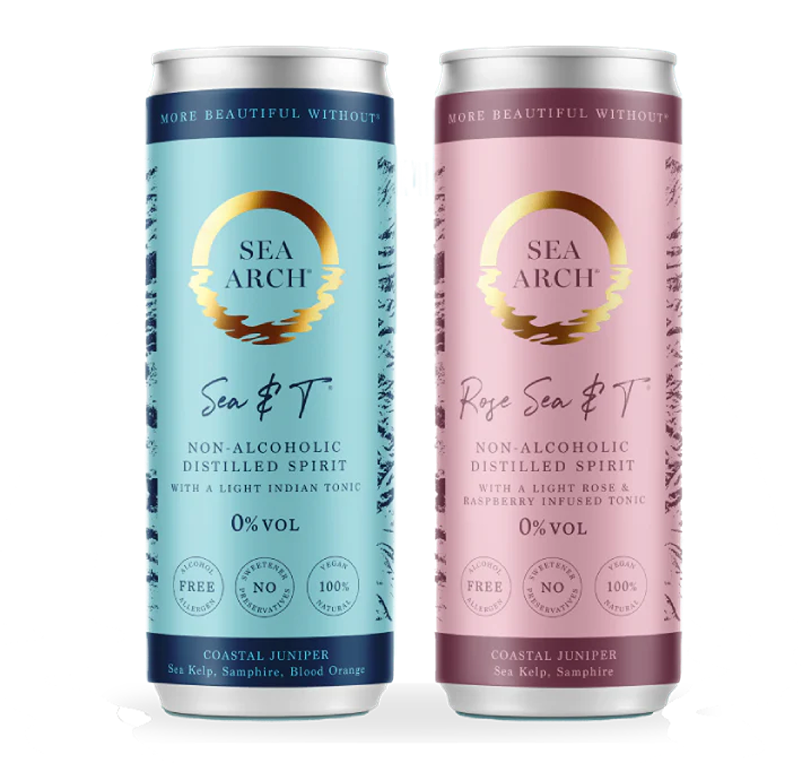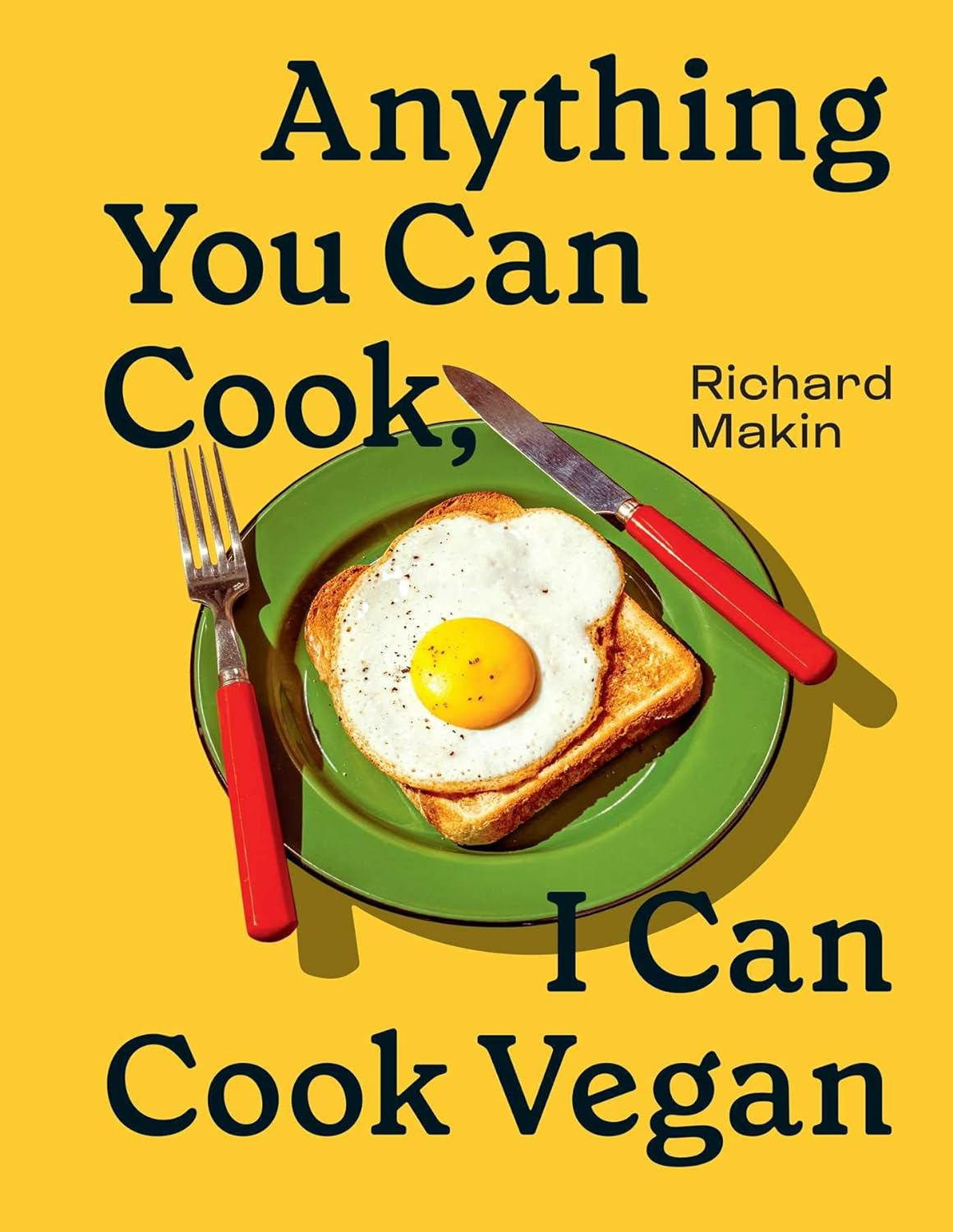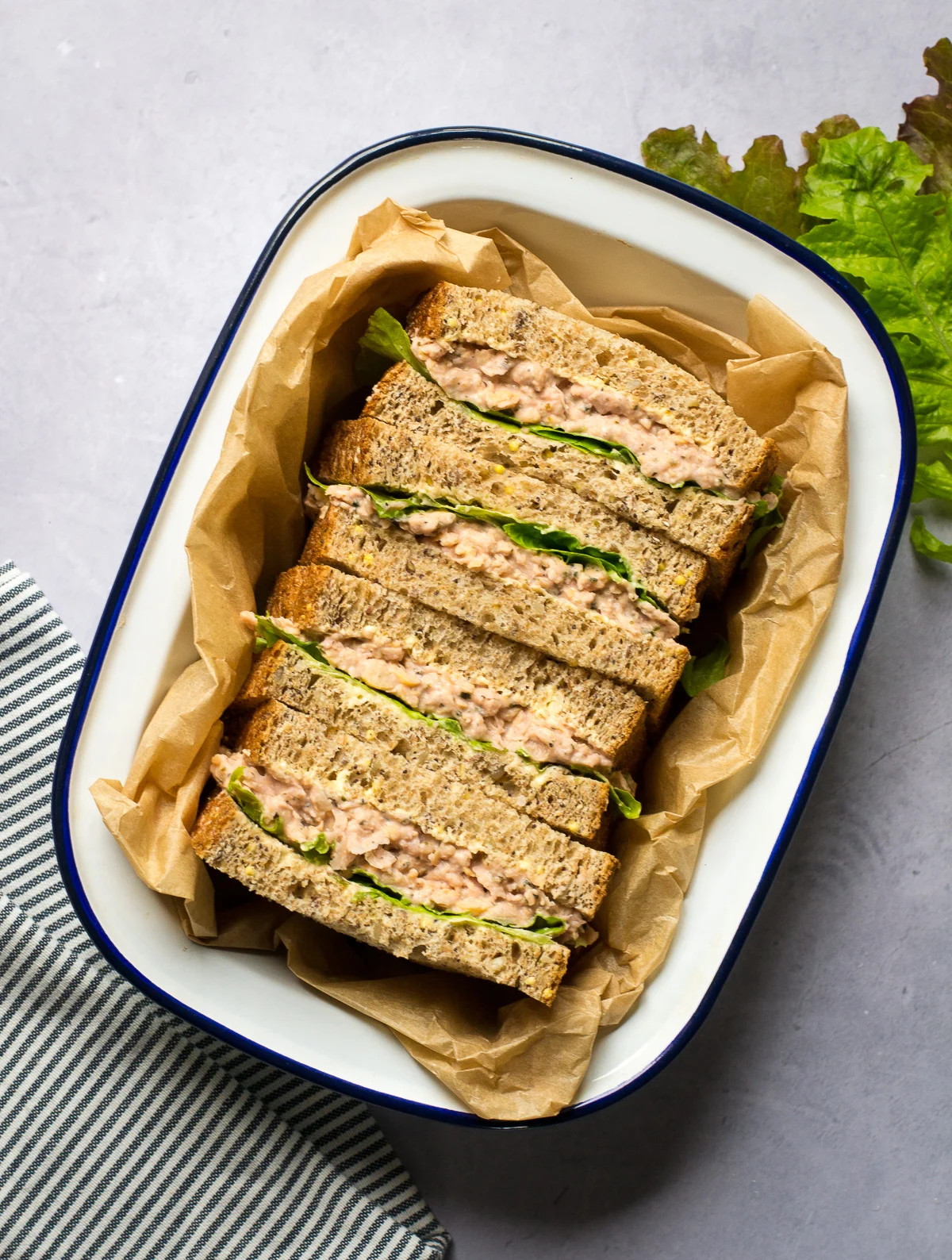Sustainable Flooring: Greener Choices for Your Home
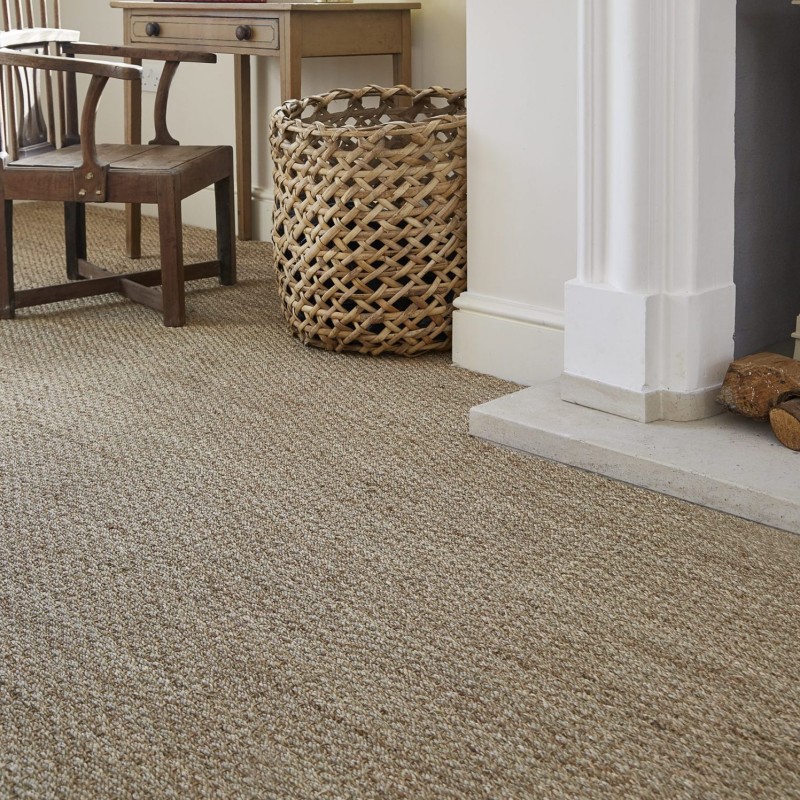
Flooring by Nature (seagrass carpet)
Sustainable flooring means choosing floor surfaces that are kinder to the environment and better for your health. These options are made from renewable, recycled, or long-lasting materials that support a cleaner planet and safer living spaces.
With so many materials available, finding the right sustainable flooring can feel like sorting a busy toolkit. Each option has its benefits, whether it’s fast-growing crops like bamboo, recycled carpets that clear up ocean waste, or beautiful old timber given a new life. Use with eco-friendly underlay.
Also read our post on how to clean your floors and carpets naturally (avoid citrus oils on hard floors near pets, as it’s toxic to animal friends – choose unscented brands) .
Safety First: Choosing and Maintaining Stair Carpet
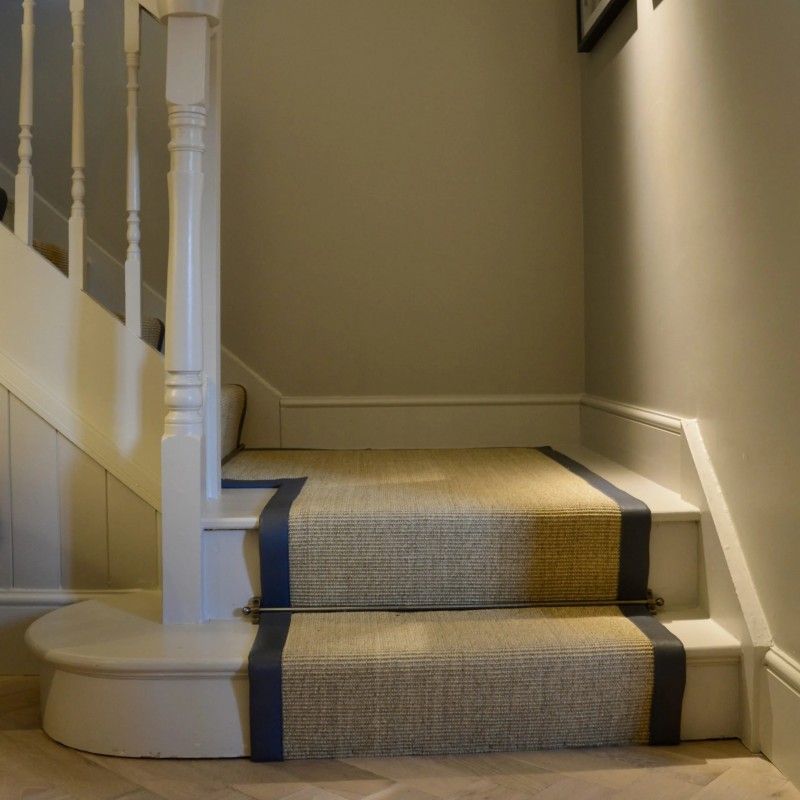
Stairs need extra grip and durability. Sisal is a good choice, due to being textured. Not jute, as it’s too soft. Econyl (made from recycled fishing waste, see below) is also good for busy staircases, combining low slip risk with lasting strength.
Natural sisal provides good grip, but be sure to fit with a professional installer to avoid trip hazards. Avoid loose runners that may slide out of place, and regularly check corners and edges for signs of wear or lifting.
Bamboo Flooring: Fast-Growing Eco-Friendly Option
Bamboo shoots up faster than nearly any other plant used in flooring materials. It’s ready to harvest in just three to five years, making it much more sustainable than slow-growth hardwoods.
Bamboo flooring is hard, stable, and stands up well to foot traffic. Its natural grain gives a modern look in living rooms, hallways, and even bedrooms.
Bamboo works best in low-moisture areas. While it’s tough, standing water can harm it over time. When you want sleek finishes with a low eco-impact, bamboo makes an excellent pick.
Reclaimed Wood Flooring: Character and Conservation
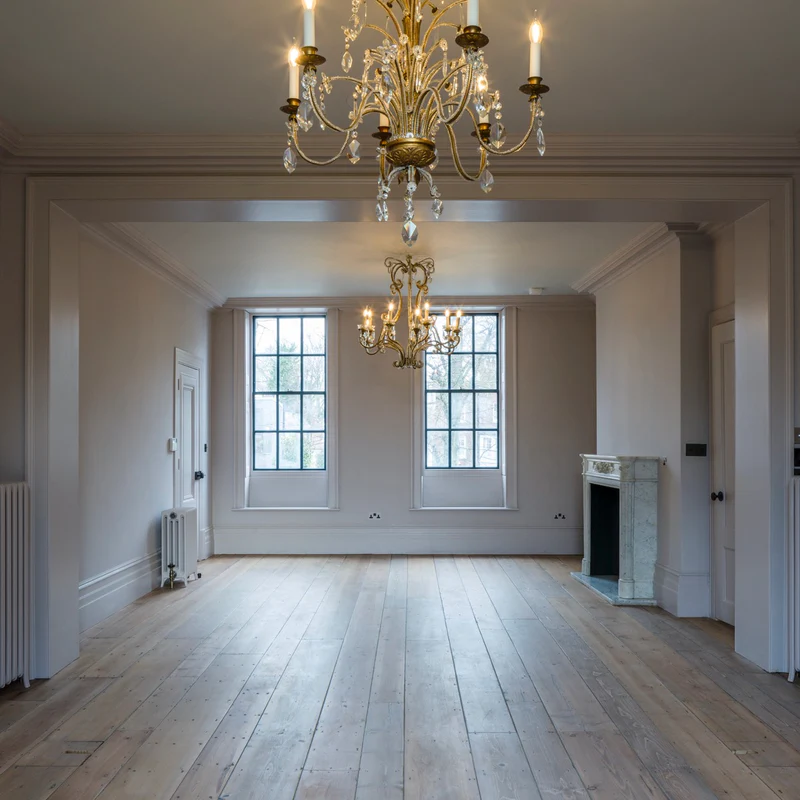
Reclaimed wood comes from old barns, warehouses, or factories – each plank has a backstory stamped into its grain. Using reclaimed timber means fewer trees cut and less waste headed to landfill. You get floors full of detail, knots, and colour, giving rooms instant warmth and personality.
Installation sometimes takes extra care, as boards can be uneven or have old nails. Professional fitting ensures smooth, safe results. Perfect for anyone who loves history in their floorboards, and for country cottages or city flats alike.
Lawson’s Yard sources wood from cotton mills, schools, factories and oak from French country houses. As they are engineered, they can usually be used over underfloor heating. Also buy from:
Cork Flooring: Renewable, Comfortable, and Quiet
Cork is harvested from the bark of cork oak trees, with trees left standing to regrow new bark every nine years. No tree is ever cut down for cork flooring. This material is soft underfoot, naturally cushioned, and stays warm in winter – a cosy choice for bedrooms, playrooms, or home offices.
Cork absorbs sound, so it’s also popular for upstairs rooms or flats. The only warning: avoid puddles, since cork can swell with too much moisture.
Sisal and Jute Carpets: Natural Fibre Choices
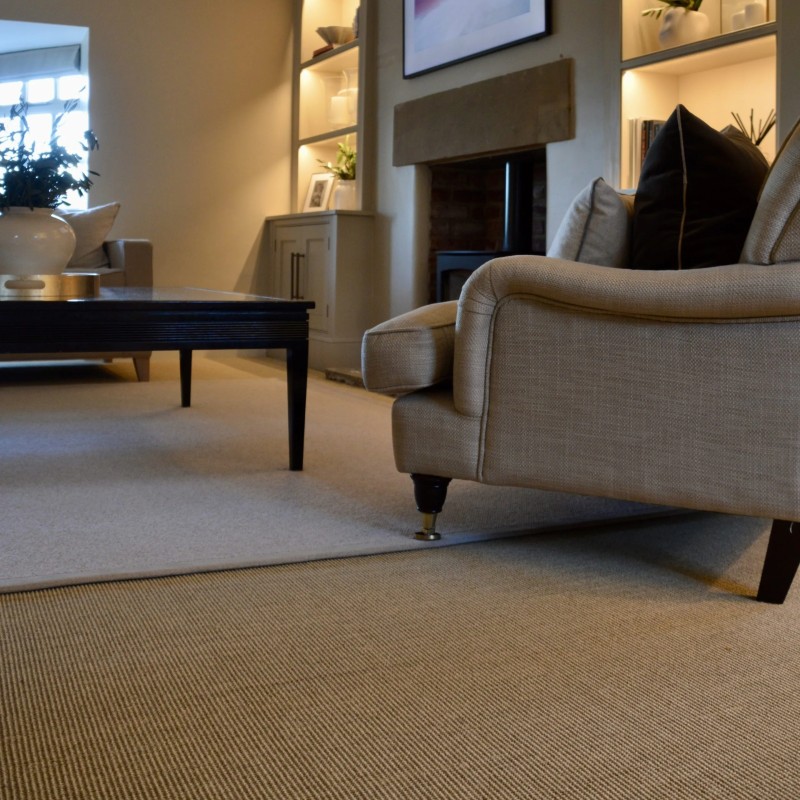
Sisal comes from the agave plant, while jute is spun from plant stems found in India and Bangladesh. Both are natural, quick to grow, and leave a light footprint on the planet. These fibres create carpets with a soft, rustic feel, and show subtle natural shades that work in relaxed, modern homes.
Sisal feels firm and strong, making it a smart fit in busy spots like hallways. Jute has a softer feel, ideal for bedrooms or low-traffic lounges. Keep them dry to avoid shrinking or staining.
Seagrass is sourced from rapidly regenerating coastal meadows, made from dried leaves and usually with a latex backing. It does not bend easily, so unlike sisal, is not suitable for stairs.
Sedna and Econyl Carpets: Turning Waste into Comfort

Although econyl (recycled fishing waste) has issues for clothing (when laundered, it needs a microfibre filter to stop microplastics escaping the machine and going into the sea), for carpet and other non-washable items, it’s a great way to get ghost fishing waste out of our seas, which is better for marine creatures.
SEDNA Carpets makes carpets (including office carpet tiles) from a blend of fishing waste and old carpets, with the linings made from recycled bottles.
The company is named after Sedna, who rules the seas and helps marine creatures, after being thrown overboard by her father in Greenland, when she refused to marry a suitor!
The range is extensive and made by quality experts in Belgium. Search online to find a local retailer. The company also makes office carpet tiles. The range includes:
Kai (named after the Hawaiian name for ‘water’, this carpet is inspired by the profound respect and admiration that local islanders have for the Pacific ocean.
Varuna is named after an Indian legend that reigns over the heavens, responible for rain falling from the sky. He rules the seas and lives in the depths of the ocean!
Oshun is the river deity of Nigeria, the patron saint of the Osun River. Her devotees call upon her for femininity, beauty and love.
Yara is a legendary ‘lady of the water’ who appears on the banks of Brazilian rivers. She has the power to lure any man, into her underwater world!



